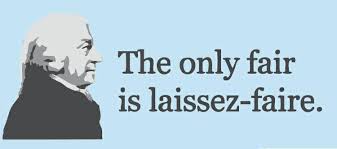More Third-Party Litigation Funding Means Better Third-Party Litigation Funding
In many cases, third-party litigation funders receive a high rate of return for their investment in a plaintiff’s claim. For many critics, such a high rate of return is seen as proof that there is something unseemly – maybe even usurious – about third-party litigation funding. But the high rates of return for third-party investment may not mean that such investment is a problem. To the contrary, it may mean that there should be more of it.
It is often assumed that the high rates of return for many third-party funders reflect unfairness. According to these assumptions, underfunded plaintiffs are in a weakened and disadvantageous position, and they agree to pay high rates of return because they lack bargaining power. This leads to the criticism that third-party investment is unfair and exploitative.
But, in reality, the reasons for high rates of return have more to do with market forces than individual bargaining relationships. Many third-party funders focus on smaller-stakes cases, where they make modest investments, usually averaging about $4000 per case. Because these investments are small, funders have fewer resources and less incentive to conduct thorough due diligence about the actual prospects for the claim; and less due diligence means higher risk in a non-recourse investment.
The real problem here is that the third-party funder lacks sufficient information about the real chances of success for the plaintiff’s suit. The funder minimizes the risk of low information in two ways. First, the investment is structured so that the plaintiff assumes a significant amount of self-insurance. That is, because the average investment amount is small, the typical plaintiff must bear much of the financial burden of surviving until judgment or settlement. Second, the funder demands a high rate of return.
A bigger market for third-party funding could change this dynamic. If there was more competition among funders, there would be more avenues to collect information about claims. With more information available, rates might go down and the amount loaned might go up. In this way, the solution to the problem of high rates in third-party funding is not to put more restrictions on funders. It is to open up markets and make more funding available to more plaintiffs.
Topics: litigation finance, legal reform , third-party funding, litigation costs, legal costs, law and economics, usury, non-recourse funding, consumer rights
Works Cited:
Michael I. Krauss, Alternate Dispute Financing and Legal Ethics: Free the Lawyers! 32 Miss. C. L. Rev. 247-266 (2013)

